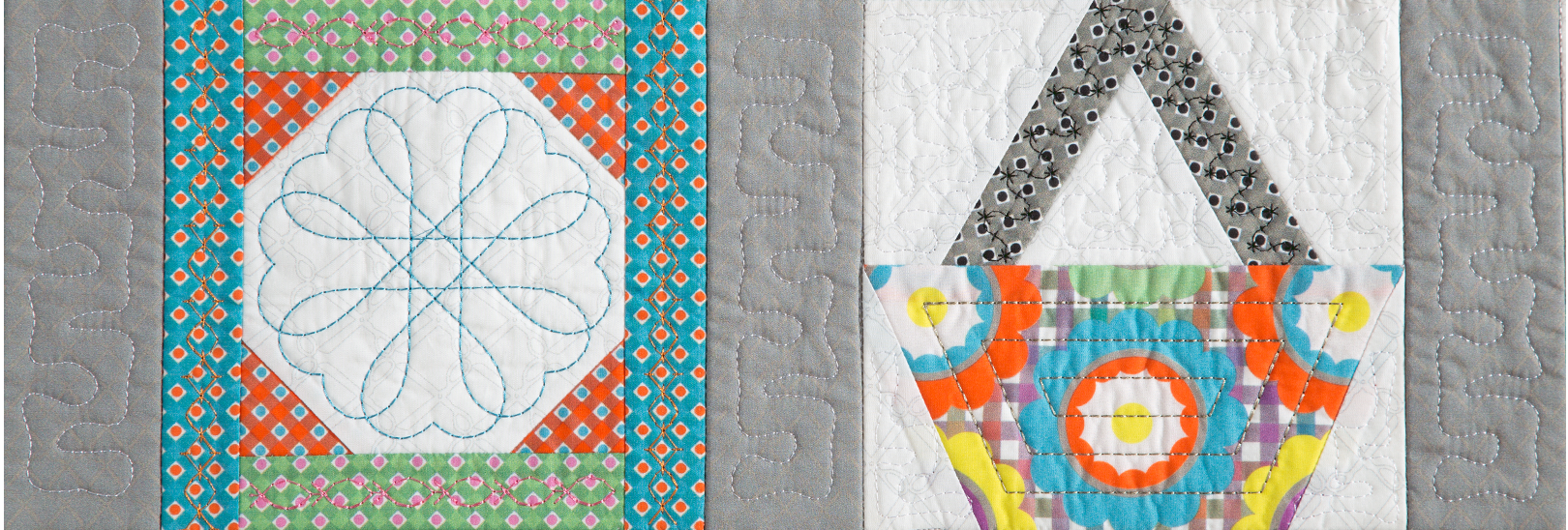Needles are one of the most important and often neglected aspects of embroidery. They are a small investment in learning which ones to use for what projects to reap the smooth stitching benefits. Your embroidery machine and fabric will be happy, which in turn will encourage you to want to embroider more. DIME Triumph Flat Shank Embroidery Needles come in a variety of sizes and needle points. So, let’s dive in and discuss embroidery needle points, sizes and fabrics!
First, let’s look at the blade size:
65/9 Light blade; Microfiber; Moisture wicking materials; Fine threads; No Auto Threader
75/11 Most commonly used size, Good for a range of fabrics
85/13 Heavier fabrics like denim and items made with heavier yarns
90/14 Heaviest fabrics like caps, webbing, canvas, and embroidering over seams
The groove is the shallow trough on the front of the needle that guides thread to eye. The groove size varies with the blade size. Heavier threads need a wider groove which is a larger blade, and finer threads need a narrower groove which is a smaller blade.
Remember for the blade, the larger number is a heavier blade. A heavier blade reduces deflection on tough items such as finished bags, caps and webbing. An embroidery 85/13 or 90/14 is the best size for tough caps, webbing, or canvas.
A light or small blade size is best for delicate fabrics and smaller thread sizes. For example, a size 60 thread uses a smaller needle, 65/9 or 70/10. There is no benefit to lightweight thread in a large blade needle as the wide groove doesn’t control it.
An embroidery needle has a larger, longer eye and wider front groove than a sewing machine needle providing less friction and smoother sewing.
What’s the point?
Now, let’s discuss the point of the needle. Most embroidery needles are light ball point, unless they specifically are labeled ball point or sharp. A ball point needle tip won’t damage knits but doesn’t penetrate woven fabrics as cleanly.
DIME Embroidery needles are available in Sharp or Ball point. Sharp point needles have a smaller footprint. Sharp point needles cleanly penetrate woven fabrics. Quilting cottons LOVE sharp points! As well as, other woven fabrics, like linen, broadcloth, towels, canvas, ball caps, microfibers, ribbon, hankies, and cotton. Sharp needles penetrate three layers of a quilt sandwich and won’t pull batting through the backing layer.
Ballpoint needles spreads the yarn rather than piercing the knit fabric, so they avoid damage to the interlocking knit structure. Ballpoint needles are best for fabrics with elastic yarns like Lycra®. Other fabrics are fleece, stretch terry, t-shirt, sweatshirt, jersey knit, swimwear, athletic wear, polo shirts, golf shirts, any fabric with stretch in it, including stretch cotton, stretch leggings, and stretch denim.
Last, let’s discuss how often to replace an embroidery needle. It is a good habit to change an embroidery needle often. Many embroiderers’ change out with every project. Certainly, it is wise to change with the different types of fabrics, for example, towels use a sharp needle, and a t-shirt uses a ballpoint. The size will depend on the thickness of the fabrics.
Remember, the most common size is a 75/11 so have on hand several in sharp and ballpoint.
For more information watch Eileen Roche and Deborah Jones discuss Needles Do’s and Don’ts on Facebook Live from July 22, 2021. Enjoy!








1 COMMENT
Patricia Gabhart
4 years agoI am trying to find the Small Town Charm for August and can’t find it. Is it no longer available? If it is available will you direct me to the site I need to go to? Thank you.